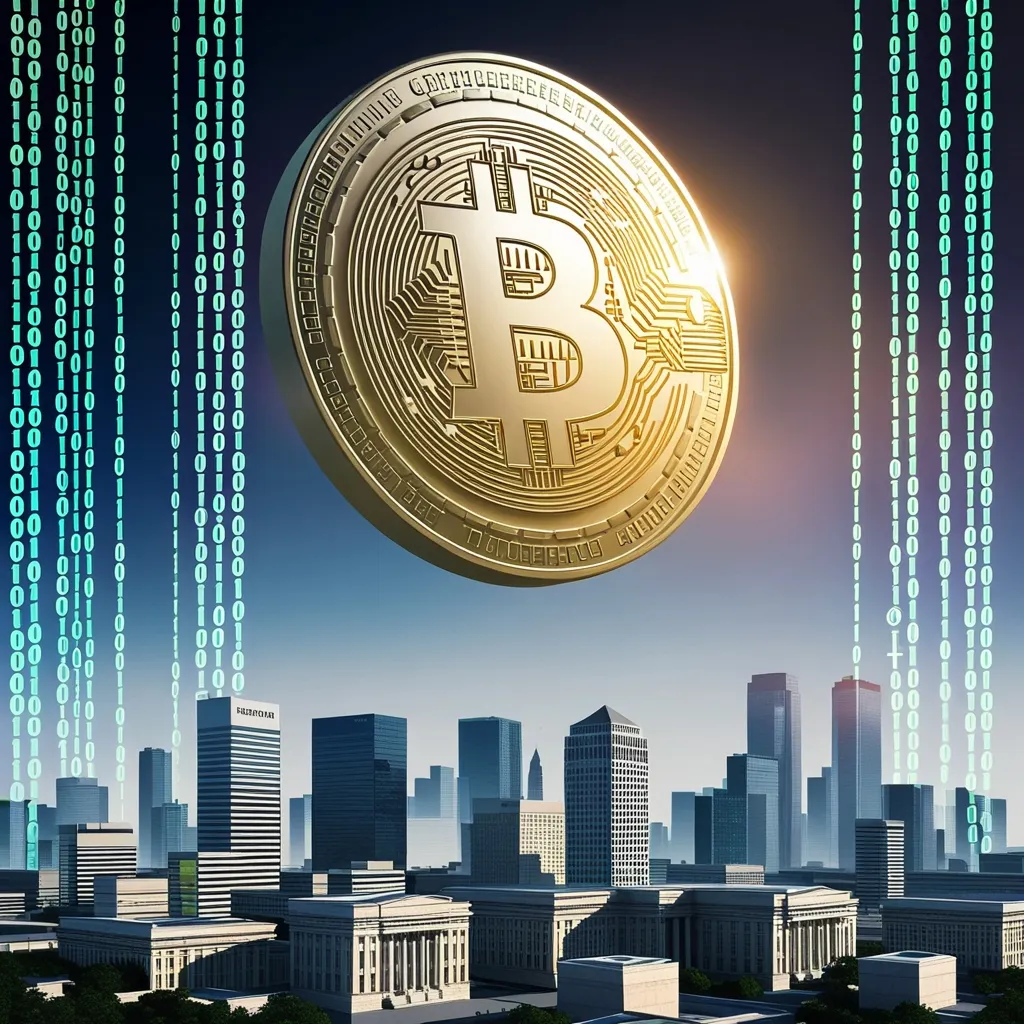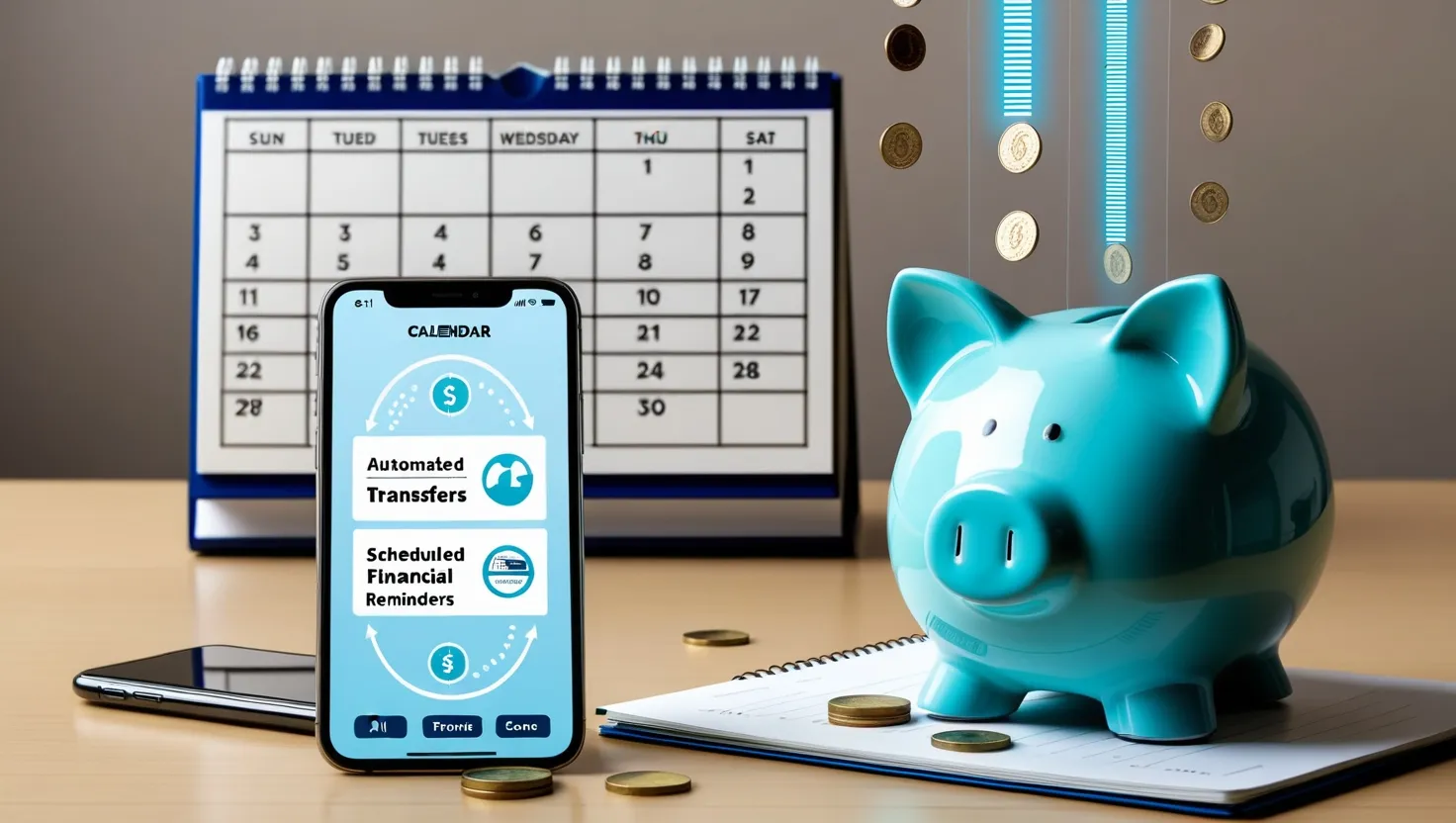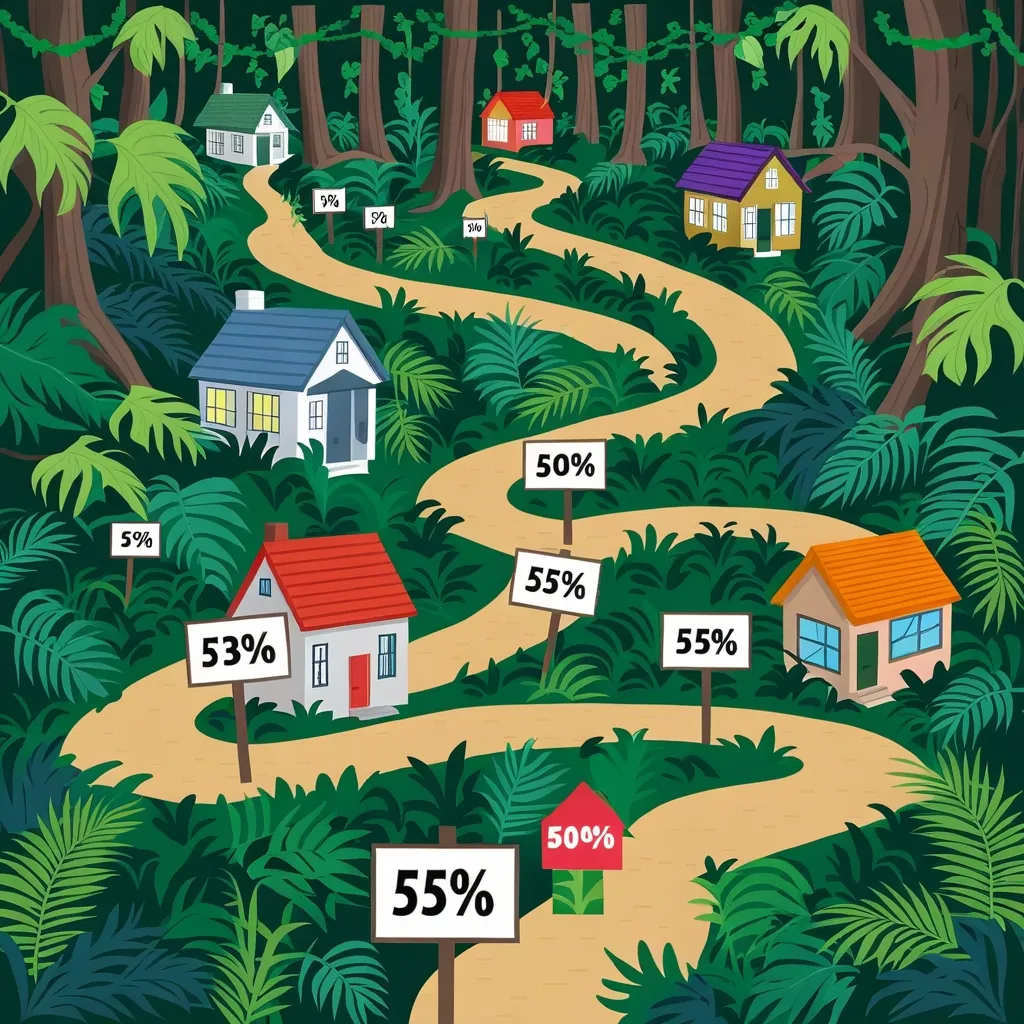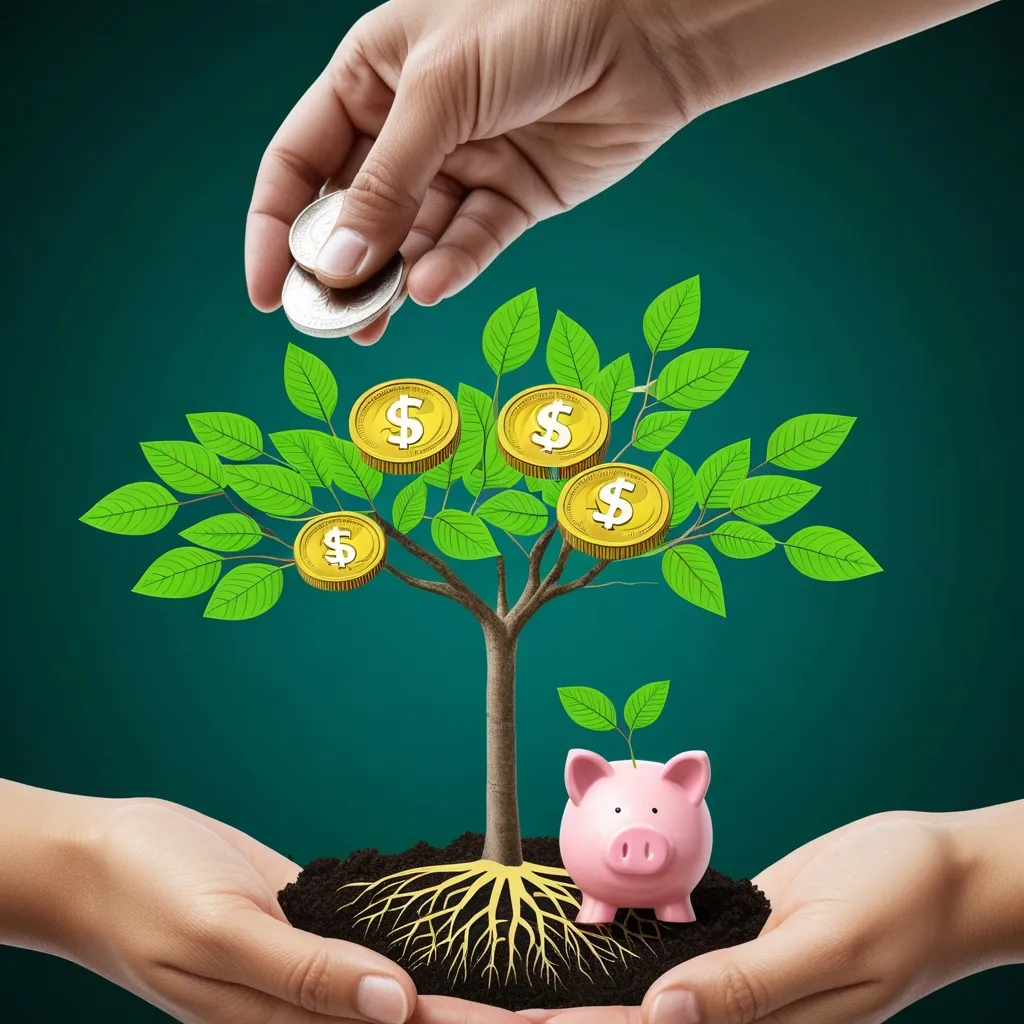The New Normal: Understanding Inflation in a Post-Pandemic World
The COVID-19 pandemic has left an indelible mark on our world, reshaping economies and altering our perception of normalcy. One of the most significant economic shifts we’ve witnessed is the surge in inflation. As we emerge from the pandemic’s shadow, many are wondering if higher prices are here to stay. Let’s dive into this complex issue and explore why the economic landscape might never be quite the same again.
When the pandemic first hit, it was like someone hit the pause button on the global economy. Demand plummeted as people stayed home, and supply chains ground to a halt. But as vaccines rolled out and restrictions eased, something unexpected happened. Demand bounced back with a vengeance, catching everyone off guard. It was like a dam bursting – suddenly, everyone wanted to buy everything all at once.
This surge in demand outpaced the ability of businesses to ramp up production and distribution. Imagine trying to fill a swimming pool with a garden hose – that’s kind of what happened to the supply chains. They just couldn’t keep up with the flood of consumer demand. This mismatch between supply and demand is a recipe for inflation, and boy, did we see it.
In the U.S. and Europe, inflation rates shot through the roof in 2021 and peaked in mid-2022. It wasn’t just about supply shortages, though. A big part of the story was good old-fashioned demand. People had money to spend, and they were eager to make up for lost time.
Now, let’s talk about those supply chains for a minute. The pandemic threw a massive wrench into the works, causing delays and shortages left and right. Companies, worried about running out of stock, started jacking up their prices. It wasn’t just greed – they were trying to protect themselves from future shocks. Think of it like your local grocery store raising the price of toilet paper to prevent hoarding. Same idea, but on a global scale.
This increase in company margins was a big driver of inflation. Businesses weren’t just passing on higher costs – they were adding a buffer. And who can blame them? The pandemic showed just how fragile our global supply chains really are.
The job market has been another wild card in all of this. The pandemic created what economists call a “tight labor market.” Basically, there were tons of job openings but not enough people to fill them. This led to a bidding war for workers, with companies offering higher wages and better benefits to attract talent.
If you’ve been job hunting recently, you’ve probably noticed this. It’s great for workers, but it does mean higher costs for businesses. And guess what? Those costs often get passed on to consumers in the form of higher prices. It’s a bit of a double-edged sword.
Central banks around the world have been scratching their heads over all this. At first, they thought the inflation spike was just a temporary blip. They figured once the supply chain kinks got worked out, prices would settle down. But as inflation kept climbing, they had to change their tune.
The Federal Reserve, for example, started raising interest rates aggressively in 2022. It was like slamming on the brakes of a speeding car – they were trying to cool down the economy and bring inflation under control. But these actions have consequences. Higher interest rates mean it’s more expensive to borrow money, which can slow down economic growth.
So, why might prices never go back to what we used to think of as “normal”? Well, the pandemic has changed things in some fundamental ways. Supply chains are still vulnerable to disruptions. Companies have gotten used to higher margins and are likely to keep them. And workers, having tasted better wages and working conditions, are unlikely to settle for less.
Plus, all those interest rate hikes have left their mark. Even as inflation starts to come down, the cost of borrowing remains high. This creates a new set of challenges for both businesses and consumers.
What does all this mean for you and me? Well, it’s time to get smart about our finances. Here are a few tips to help you navigate this new inflationary world:
First up, budgeting. It’s more important than ever to keep a close eye on where your money’s going. Review your spending regularly and look for areas where you can cut back. Maybe that daily latte isn’t as essential as you thought.
When it comes to savings, you need to think strategically. With inflation eating away at the value of your money, it’s crucial to find savings options that offer returns higher than the inflation rate. Otherwise, you’re basically losing money.
Investing is another area where you might need to adjust your strategy. Look for assets that tend to do well during inflationary periods. Real estate and precious metals are classic examples, but there are plenty of other options out there.
And let’s not forget about smart shopping. Hunting for discounts, using coupons, and buying in bulk can all help stretch your dollars further. It might take a bit more effort, but your wallet will thank you.
In conclusion, the post-pandemic world has ushered in a new era of economic challenges, with inflation at the forefront. It’s a complex issue driven by a perfect storm of factors – rebounding demand, supply chain disruptions, and shifting labor market dynamics. As we move forward, it’s becoming increasingly clear that we may never return to the price levels we once considered “normal.”
But here’s the thing – change isn’t necessarily bad. It’s an opportunity to adapt, to become more financially savvy, and to rethink our relationship with money. The pandemic has taught us that economic stability isn’t guaranteed, and we need to be prepared for unexpected shifts.
So the next time you wince at a price tag, remember that it’s not just about that individual item. It’s a reflection of a broader economic transformation. By staying informed, being proactive with our finances, and adopting smart strategies, we can navigate this new reality successfully.
The world may have changed, but our ability to adapt and thrive remains constant. Embrace the challenge, stay flexible, and who knows? You might just find that you’re better equipped to handle whatever economic curveballs come your way in the future.






